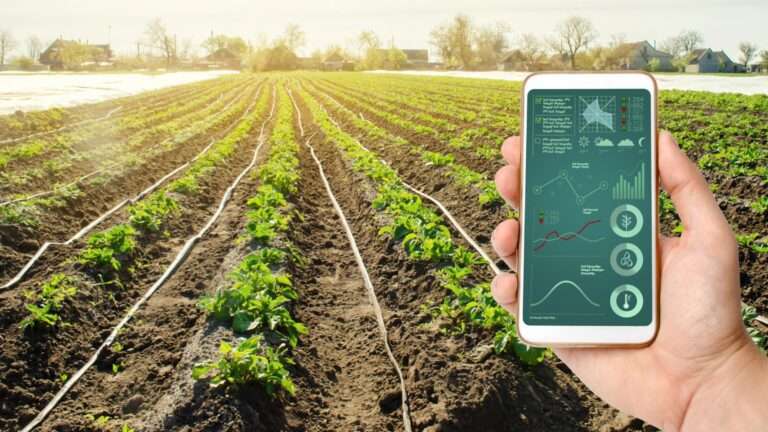Precision Agriculture Soars: A Technological Revolution in Farming
Berg Insight Forecasts Robust Growth and the Emergence of Autonomous Farming by 2027
The landscape of agriculture is on the brink of a technological revolution, as per a recent report from IoT analyst firm Berg Insight. The forecast predicts an impressive surge in the global precision agriculture solutions market, expected to grow from €3.1 billion in 2022 to approximately €5.2 billion by 2027, marking an 11.4% compound annual growth rate (CAGR).

Precision farming, armed with an arsenal of cutting-edge technologies, aims to revolutionize agricultural practices by meticulously managing field variations to optimize yield, enhance productivity, and curtail the consumption of agricultural resources.
While technologies like auto-guidance and machine monitoring are already mainstream, telematics and Variable Rate Technology (VRT) are still in the initial stages of adoption. One significant hurdle remains the interoperability between solutions, although initiatives are underway to standardize protocols for seamless data sharing.
Key players in the precision agriculture domain include agricultural equipment giants like Deere & Company, leading precision technology vendors such as Trimble, Topcon Positioning Systems, Raven Industries, and Hexagon.
Major input manufacturers like BASF, Bayer, Corteva Agriscience, and Syngenta have forayed into this space, leveraging acquisitions to provide mapping tools and decision support for input optimization and yield maximization.
In the burgeoning market for in-field sensor systems, emerging leaders like Semios, Pessl Instruments (known for its METOS brand), Davis Instruments, and Sencrop have made significant strides. However, the evolution doesn’t stop at automation; it gears toward autonomy.
NSIA Launches $500M Renewable Energy Platform, Signs Pact with IFC for Green Investment
Terabase Energy’s Terafab Platform Marks Milestone in Solar Construction Automation
Veronika Barta, an IoT analyst at Berg Insight, highlights this transition, noting that while component-level autonomy is prevalent, the industry is witnessing a surge in autonomous agricultural operations on an equipment level.
Today, original equipment manufacturers are pioneering autonomous machines, from driverless tractors to seed-planting robots. Agricultural drones equipped with multispectral cameras, LiDAR sensors, and sophisticated algorithms are leading the autonomous segment, particularly in aerial imagery for crop monitoring and precision spraying of crop protection chemicals.
The future of farming is poised to be driven by satellite navigation, sensors, artificial intelligence, and machine learning, acting as the catalysts for autonomous equipment in agriculture.
Source: Berg Insight Research Report
Follow us on LinkedIn”Electrical Insights” to get the latest updates in Electrical Engineering. You can also Follow us on LinkedIn and Facebook to see our latest posts on Electrical Engineering Topics.








